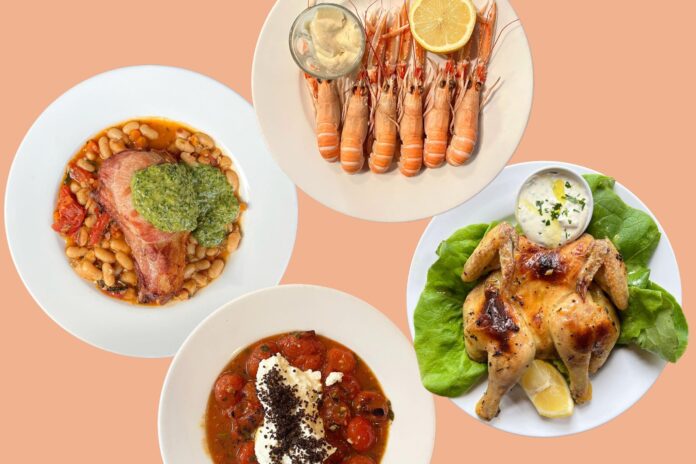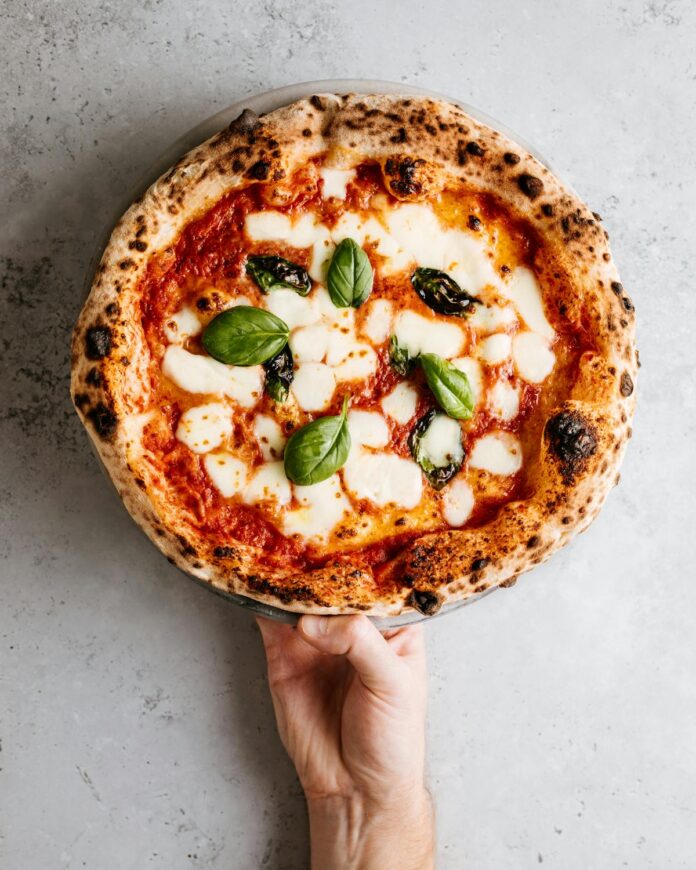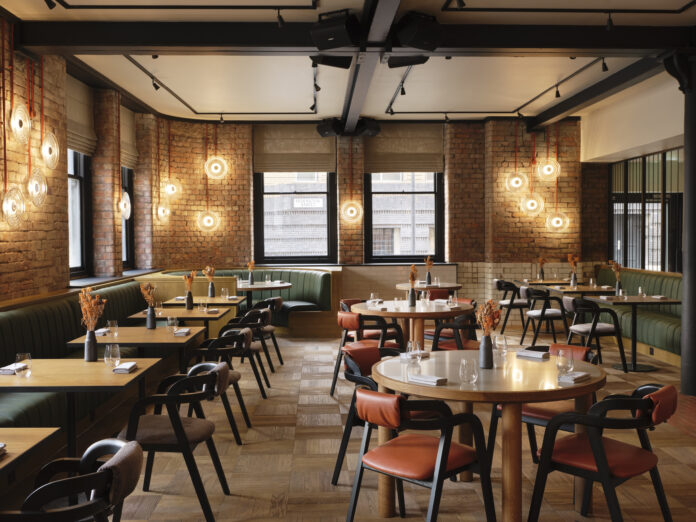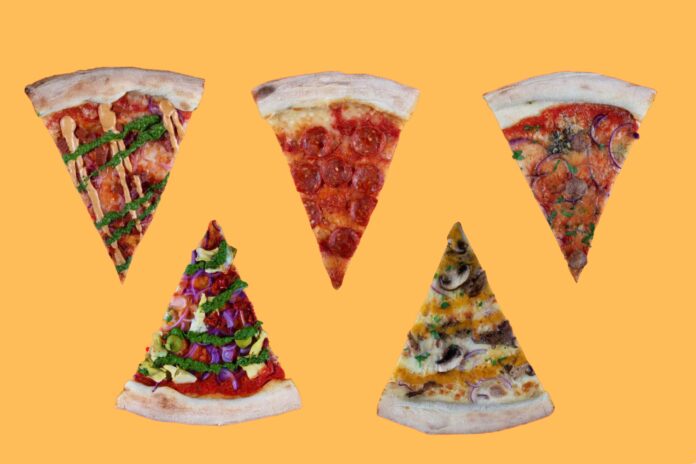Let’s start by flinging ourselves back some 200 years. Can you feel the whiplash yet? The grand tour of Europe once meant months of travel by horse and carriage, with young aristocrats lugging around steamer trunks full of formal wear and letters of introduction – imagine trying to fit that lot in your Ryanair carry-on.
Today, thanks to high-speed trains and strategic planning, you can weave together some of the continent’s most compelling destinations in just seven days – all with no powdered wigs or personal butler required.
From Alpine peaks to Baltic shores, from Provençal villages to Habsburg grandeur, these routes minimise travel time and maximize cultural immersion, combining bucket-list landmarks with hidden gems, each designed to give you a deep taste of the diverse and distinct cultures and landscapes found across the continent. Pack light, bring comfortable shoes, and prepare for a week of European adventures that prove you don’t need a gap year to experience the continent’s magic.
The Three Faces Of The Alps: Switzerland, France & Italy
Ideal for mountain lovers seeking dramatic landscapes and Alpine culture…
Days 1-2: Geneva & Chamonix
Begin in Geneva, where Lake Léman’s famous Jet d’Eau shoots crystalline water towards the sky. A quick 7-minute train from the airport puts you in the heart of the city, where centuries-old cathedral bells chime as locals spill out of tiny chocolate shops.
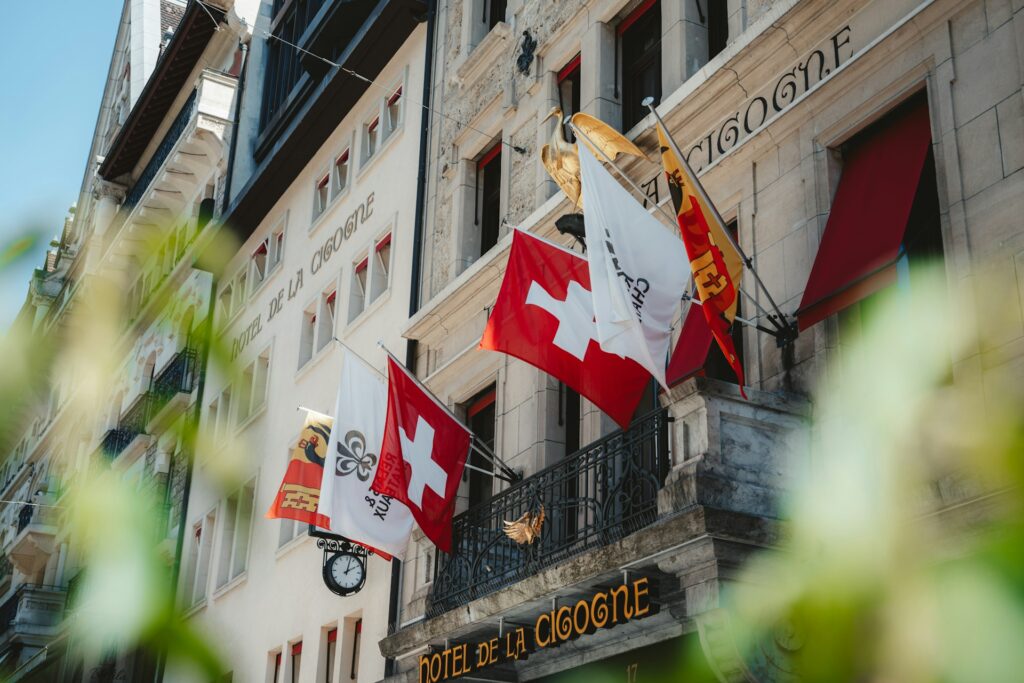
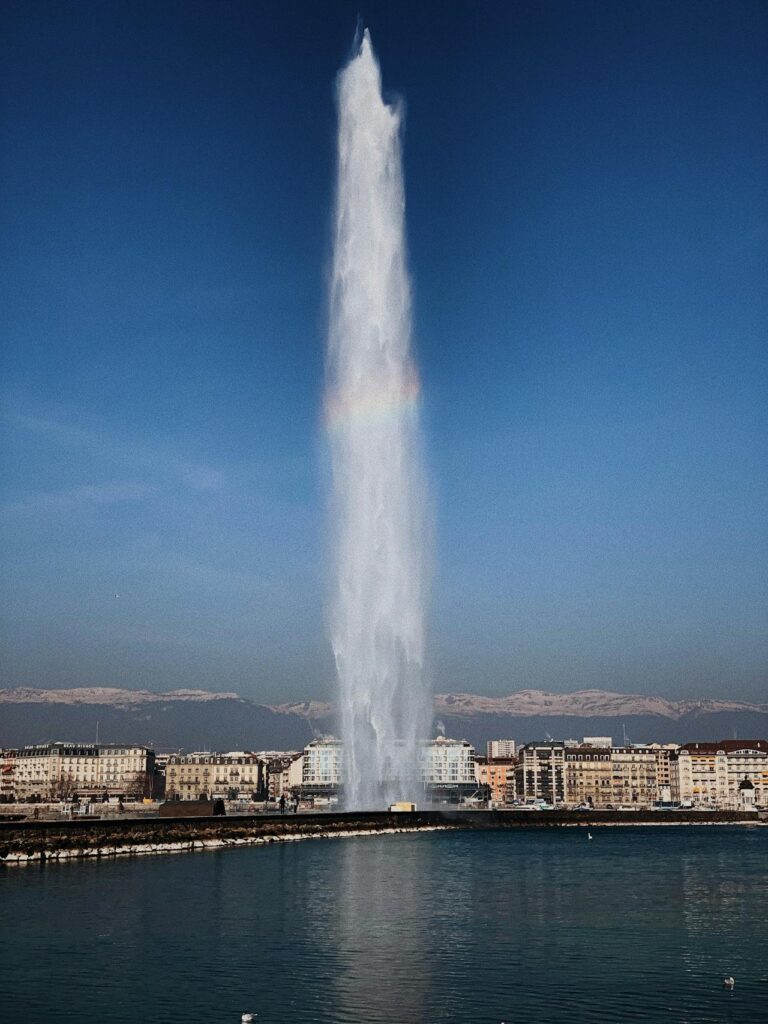
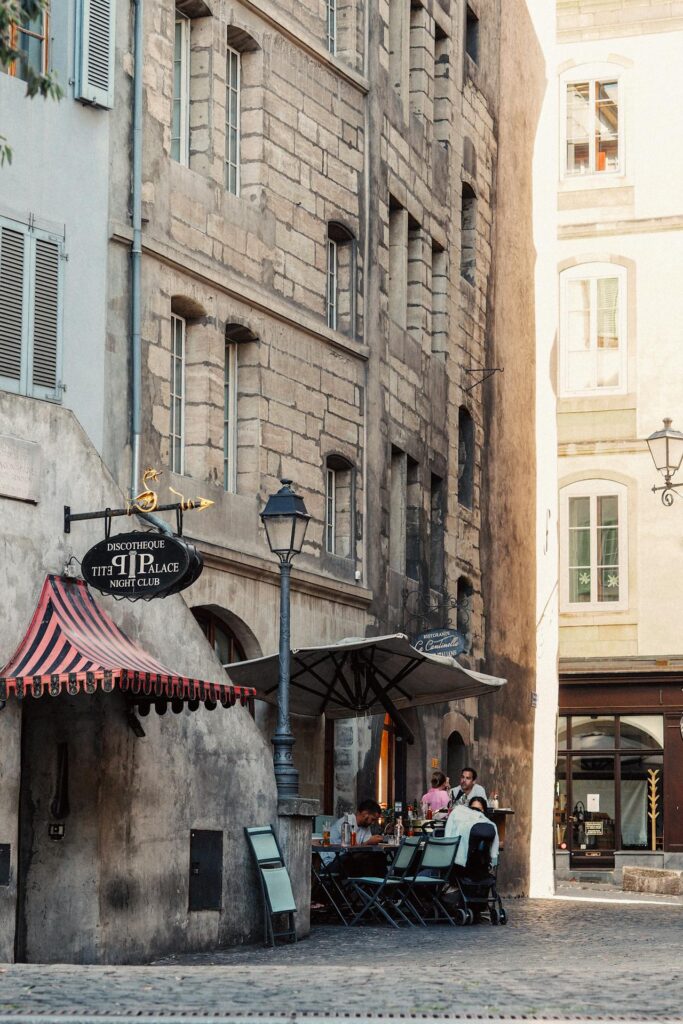
The 90-minute bus journey to Chamonix winds through increasingly dramatic valleys until Mont Blanc looms like a guardian over the bustling mountain town. The Aiguille du Midi cable car journey (a breathtaking 20-minute ride that’s worth the €75) takes you through clouds to a world of ice and stone, where climbers set off across glaciers and everyone else gapes at the endless chain of Alpine peaks.
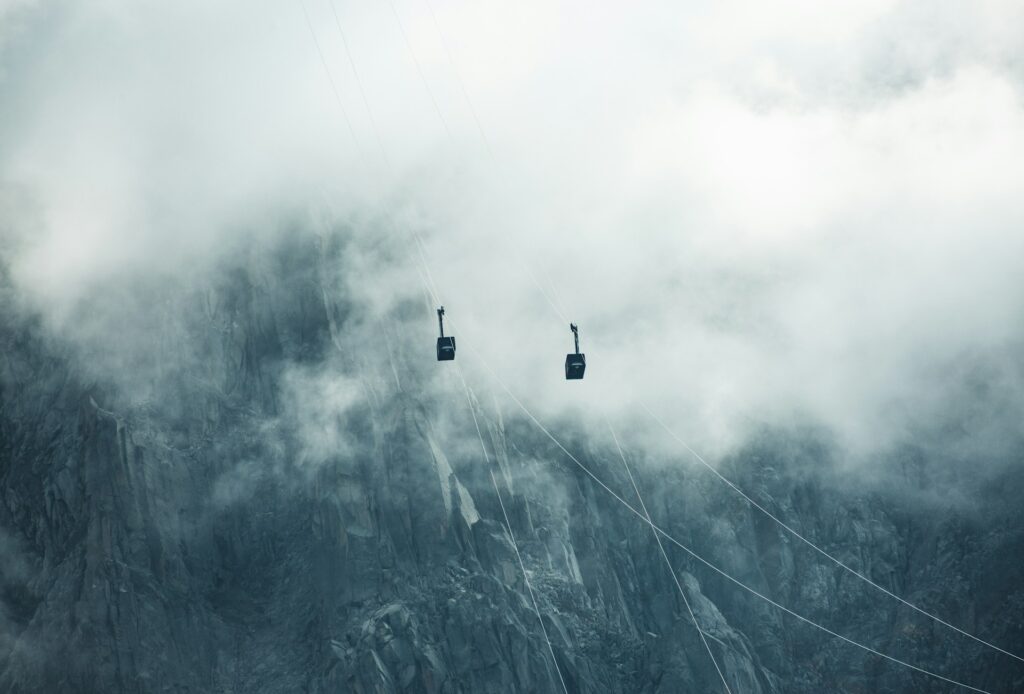
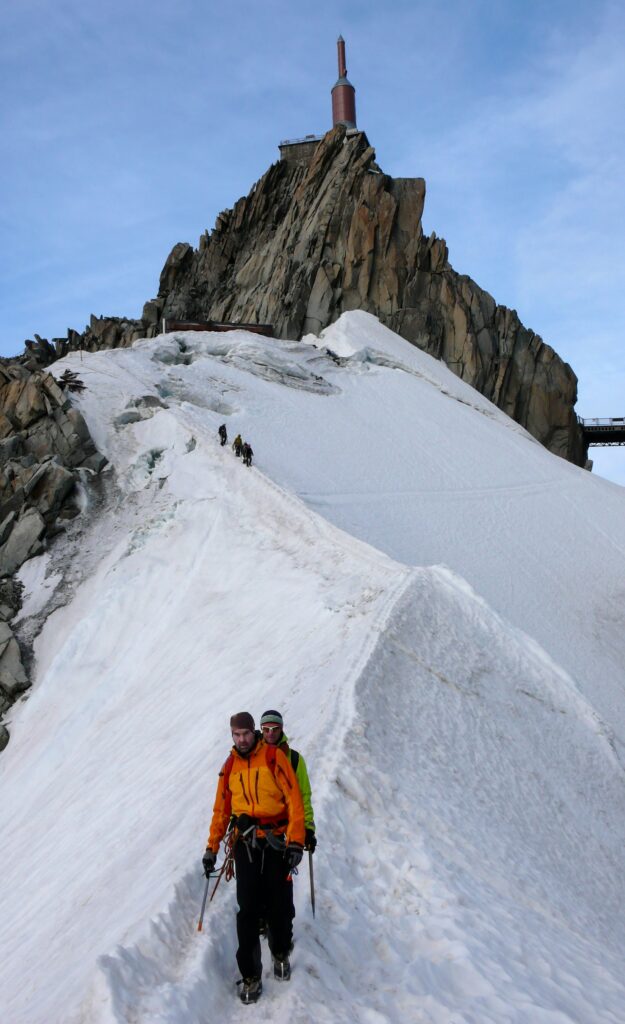
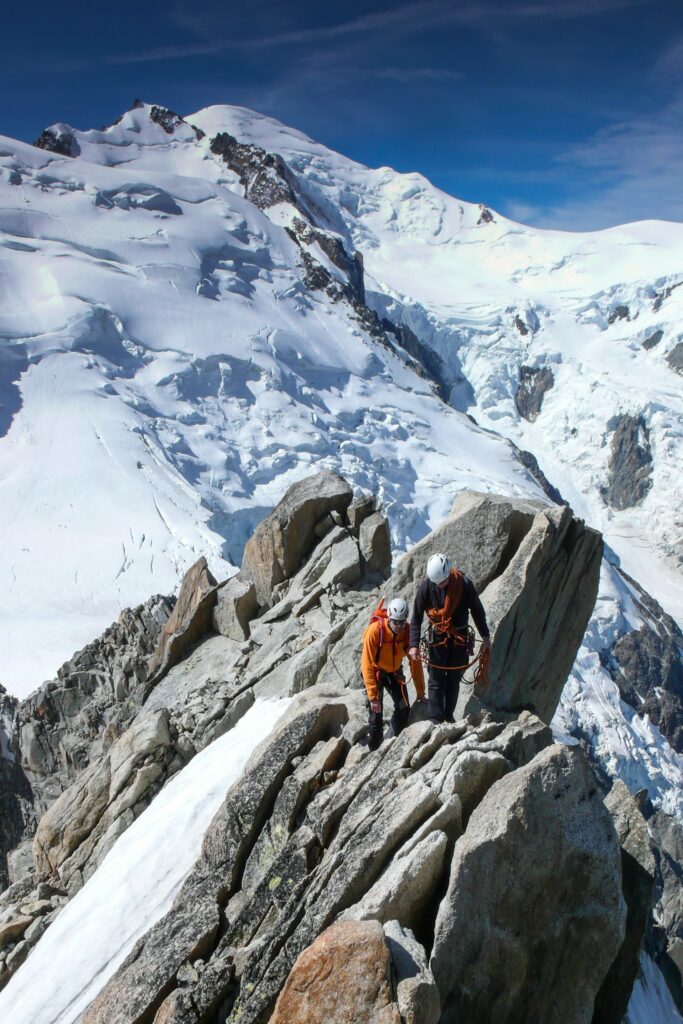
Days 3-4: Courmayeur & Aosta Valley
A 45-minute bus ride through the Mont Blanc Tunnel brings you to Italy’s Alpine face. Courmayeur’s atmosphere shifts noticeably from French precision to Italian warmth – old men play cards in sunny piazzas, and the coffee culture is decidedly more espresso than café au lait.
The hourly 40-minute bus to Aosta Valley unfolds below, a hidden realm where Roman ruins stand beneath snow-capped peaks and vineyards climb impossibly steep terraces. Local trattorias serve polenta with fontina cheese that’s been aged in medieval castle cellars.
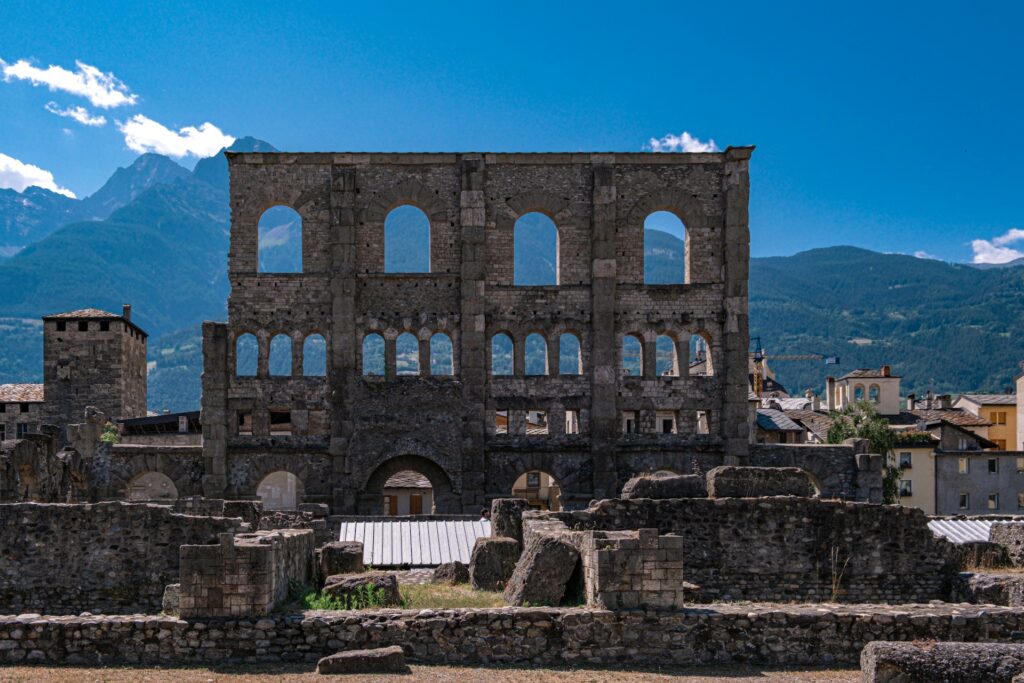
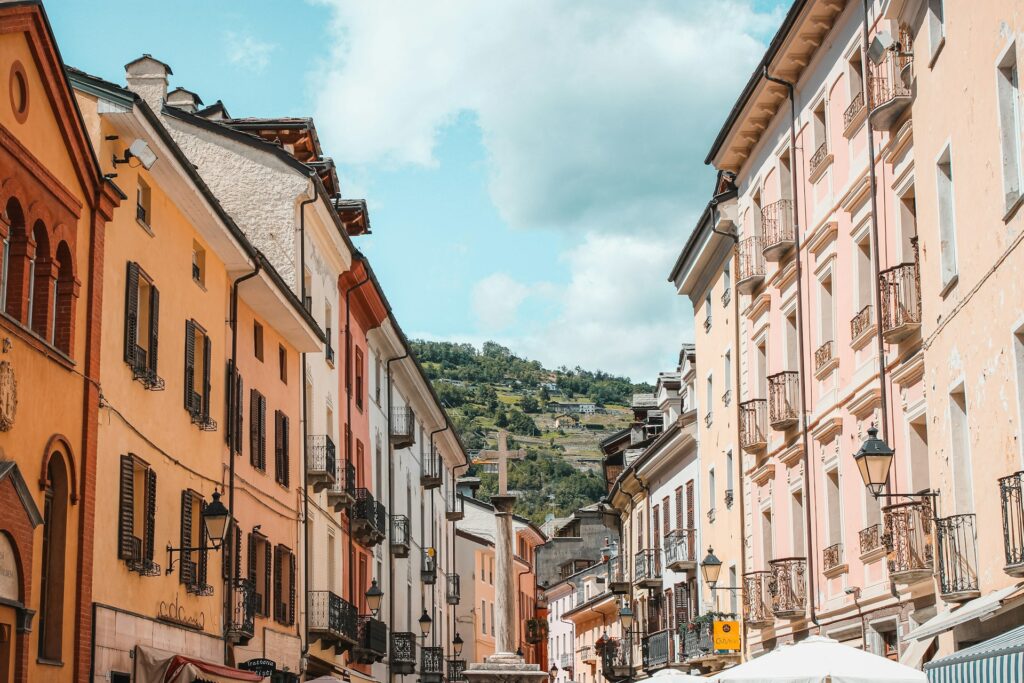
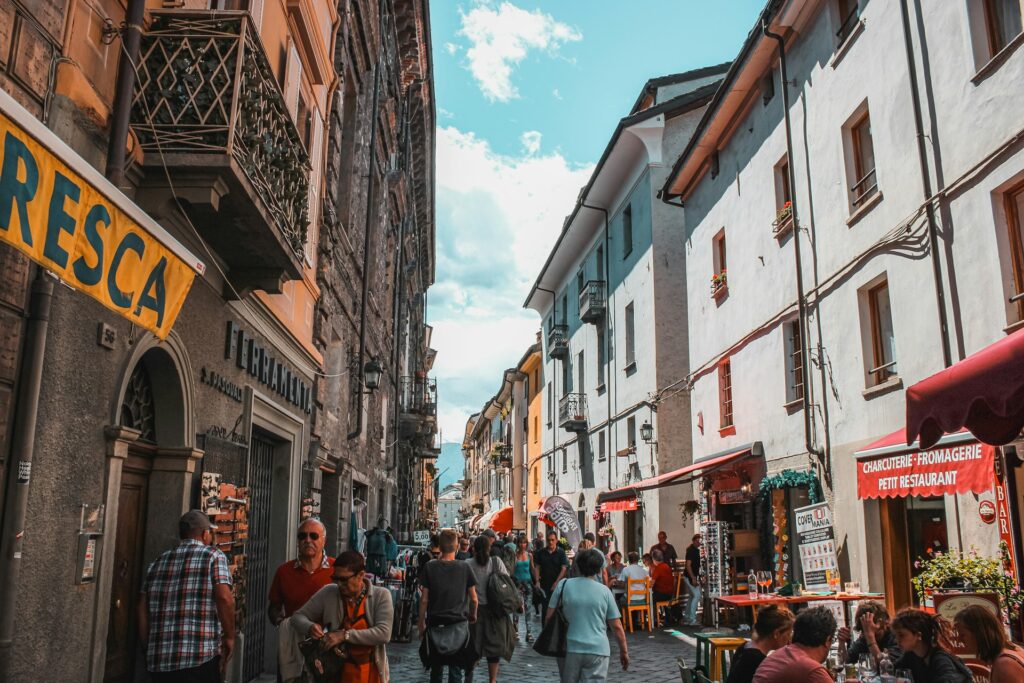
Days 5-7: Zermatt & Return
The three-hour rail journey to car-free Zermatt threads through valleys where waterfalls cascade beside the tracks, requiring one simple connection at Visp. The Matterhorn reveals itself suddenly – more dramatic and improbable than any photograph suggests.
The Edelweiss-Höhbalmen trail (a challenging 6 hour circular hike) offers perfect views of the peak, with wildflowers and grazing ibex for company. Regular trains (running every hour) connect back to Geneva through scenery that never ceases to impress.
Week 2: An Extended Exploration Of Southern Italy’s Ancient Wonders
For travellers with additional time, the contrast between Alpine and ancient Italy proves irresistible. A comfortable 6-hour train journey from Milan connects to Naples, where Pompeii tours reveal life frozen in time beneath Vesuvius’s shadow. Professional guided tours (running daily, from €35) bring the ancient streets alive with stories of Roman daily life, while the nearby Amalfi Coast offers dramatic clifftop villages and limoncello tastings. This southern extension adds 3-4 days to your Alpine adventure, creating a journey from Switzerland’s peaks to Campania’s archaeological treasures.
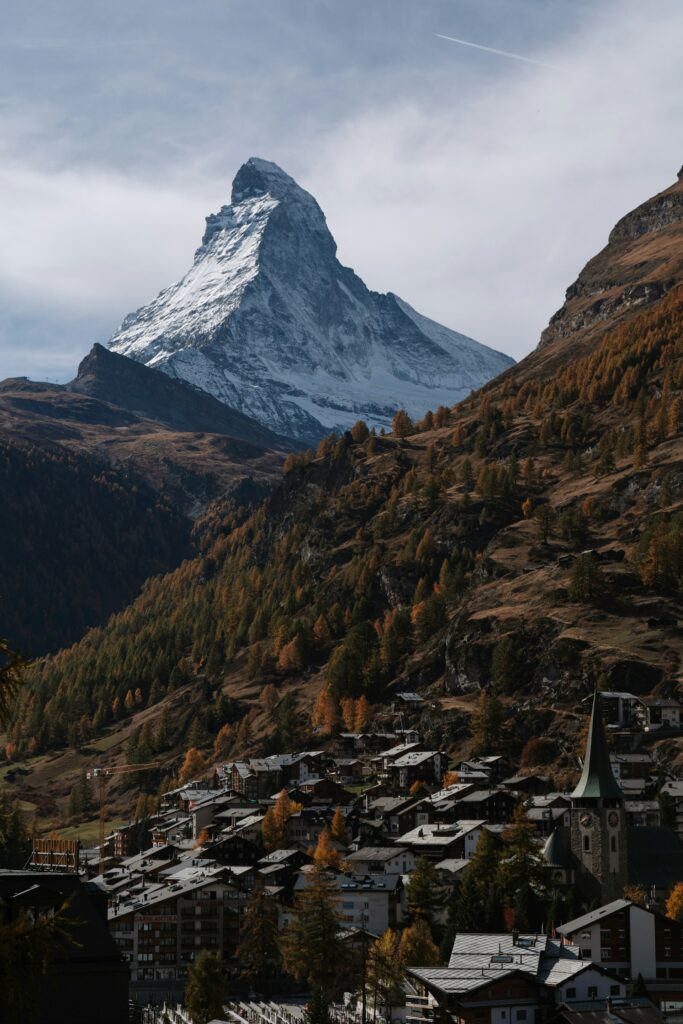
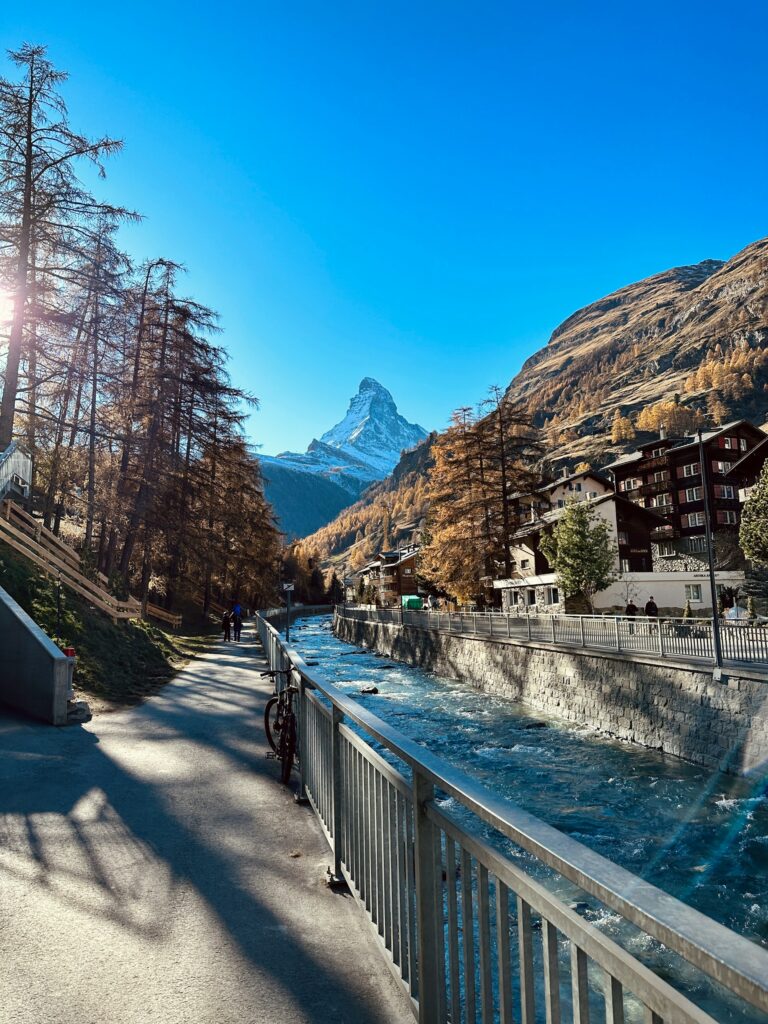
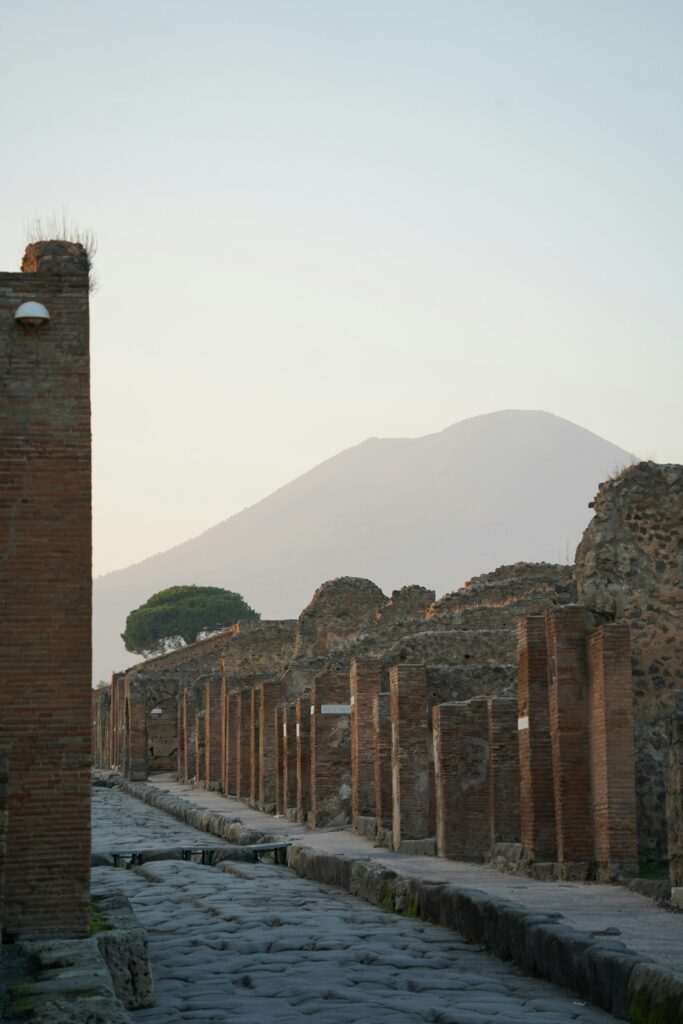
An Adventure Along The Amber Road: Estonia, Latvia & Lithuania
Ideal for history enthusiasts seeking authentic Eastern European charm.
Days 1-2: Tallinn
The medieval walls of Tallinn and towers rise above the harbor, where cruises from the UK and across Europe dock beneath the fairytale skyline. A 15-minute tram ride from the airport brings you to a city where traditional meets cutting-edge. Tech startups occupy Hanseatic merchants’ houses, and cafes serve traditional black bread alongside super-fast WiFi. The Kalamaja district’s wooden houses, a 20-minute walk from the Old Town, tell stories of fishing families and Soviet times, now transformed into artist studios and boutique breweries.


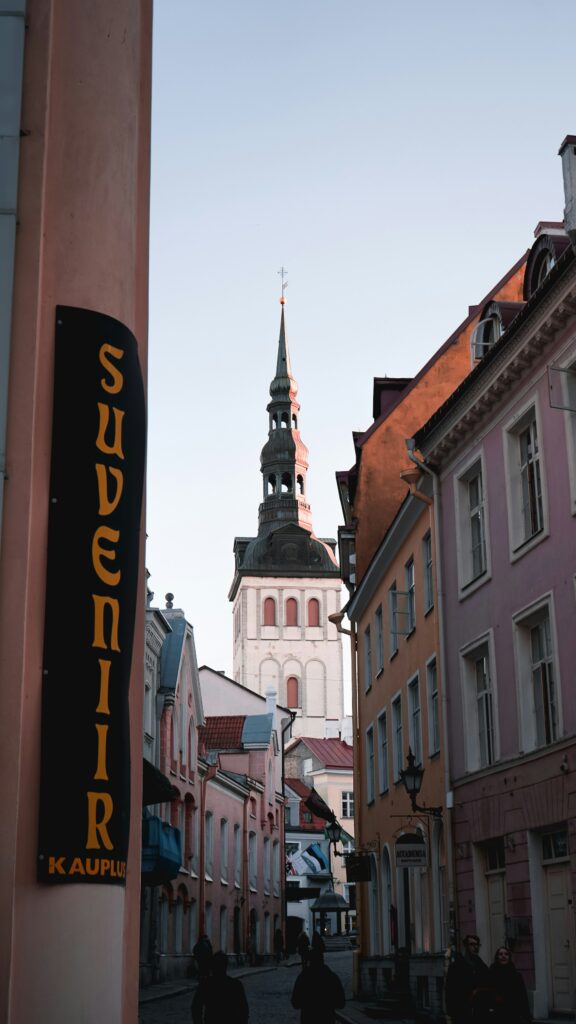
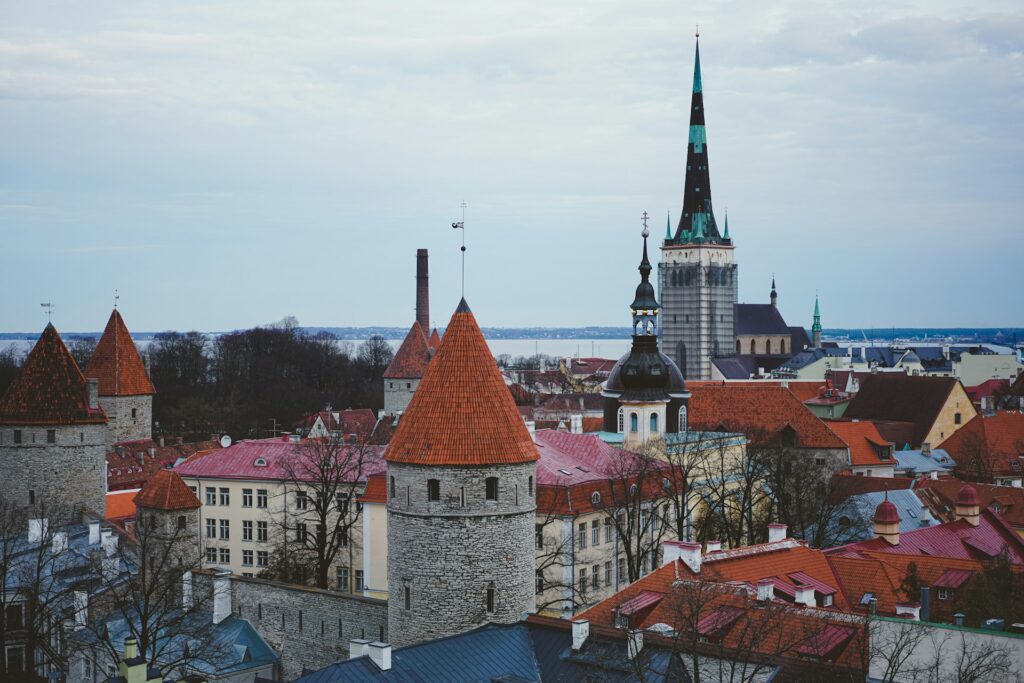
Days 3-4: Riga
A comfortable four-hour bus ride (running six times daily, from €15) connects to Riga, Latvia’s riverside capital where Art Nouveau facades make every street feel like an open-air museum. The Central Market’s Zeppelin hangars buzz with activity – old ladies selling wild mushrooms and berries, farmers proudly displaying smoked fish, and locals debating the best black balsam recipe. In the evenings, cocktail bars hidden behind unmarked doors serve drinks with Baltic amber and local herbs.
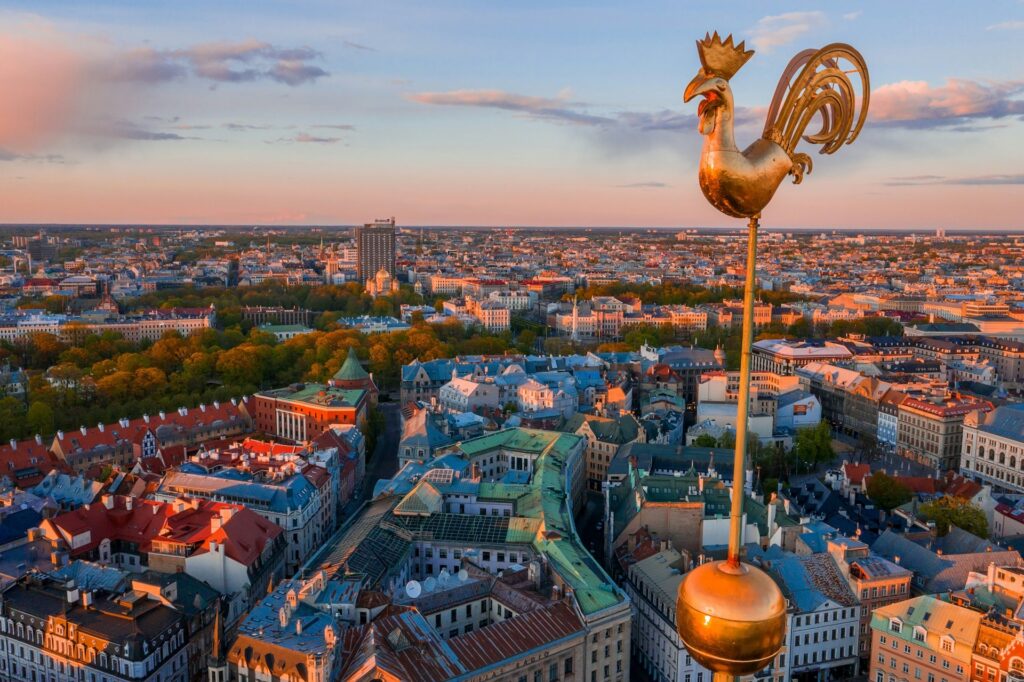
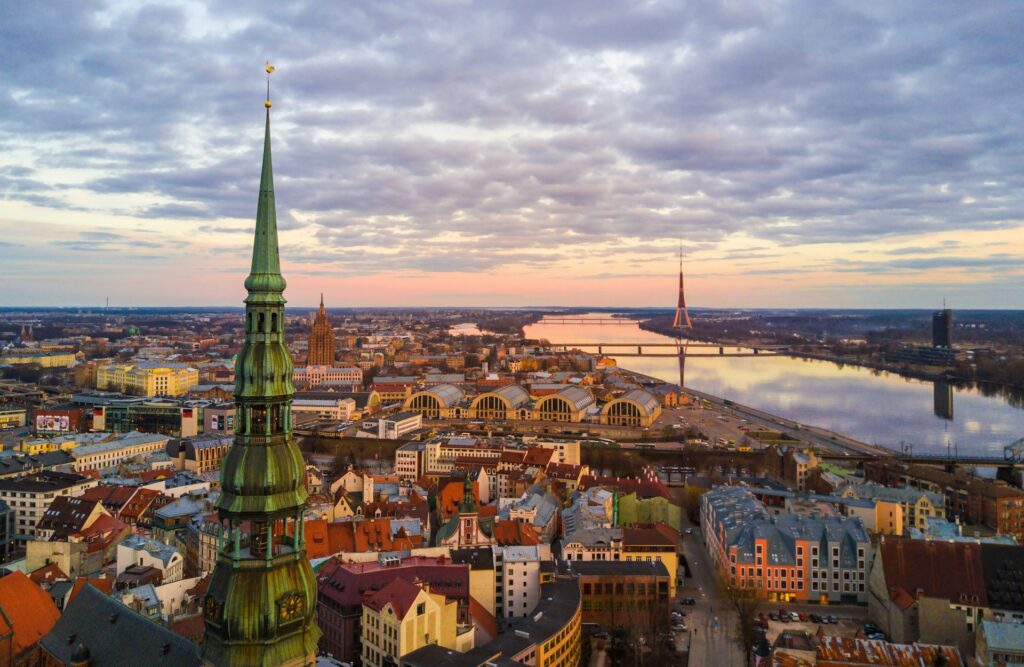
Days 5-7: Vilnius & Trakai
Another four-hour bus journey brings you to Lithuania’s capital, Vilnius, where baroque churches and quirky street art compete for attention. The self-declared Republic of Užupis, just a five-minute walk across the river from the Old Town, embodies Baltic creativity with its tongue-in-cheek constitution and bohemian atmosphere.
A 30-minute train ride takes you to Trakai Castle, which seems to float on its lake – a red-brick medieval masterpiece that once guarded the Grand Duchy. Inside, Baltic amber gleams in museum cases while local Karaim women sell traditional kibinai pastries in the surrounding village.
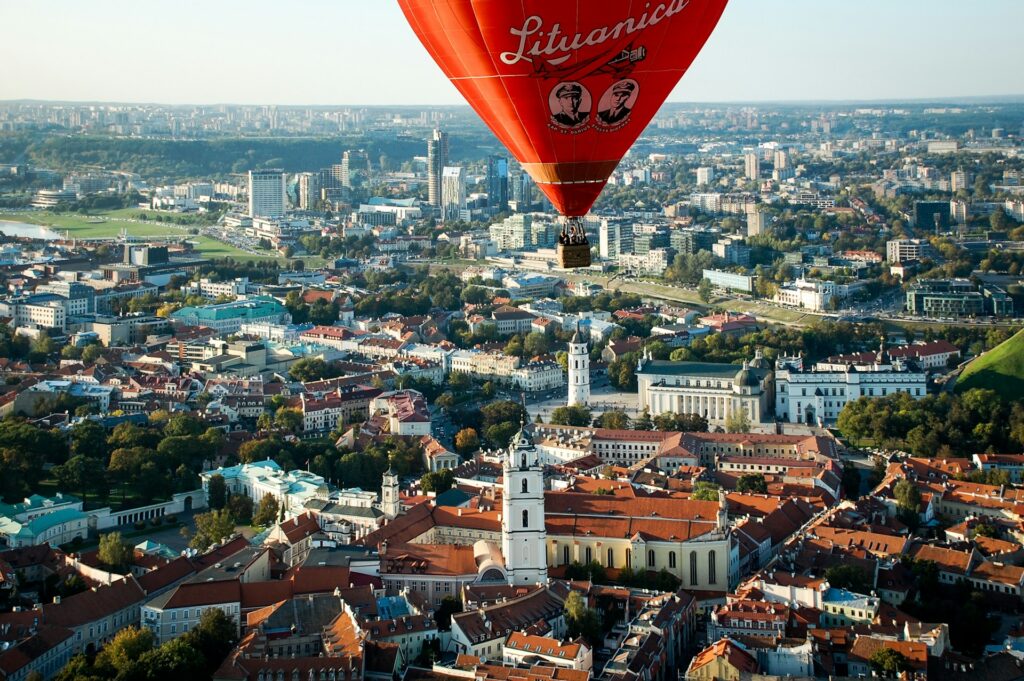
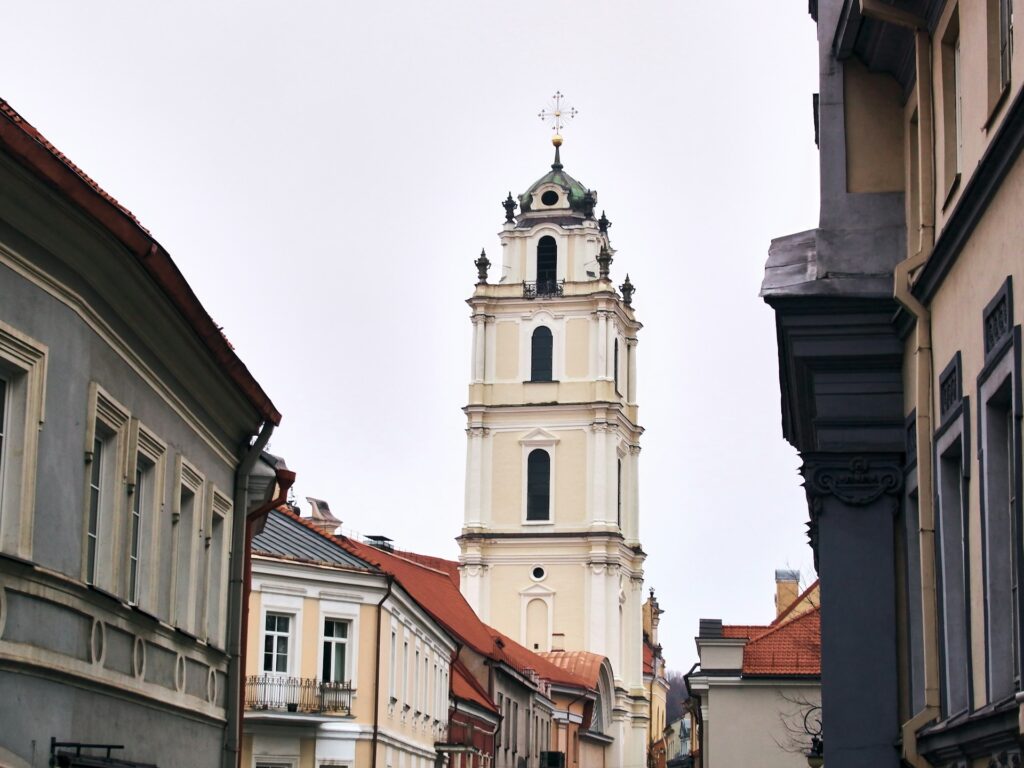
From Porto To Principality: Portugal, Spain, France & Monaco
Ideal for culture seekers who love coastal Mediterranean life and Iberian charm…
Day 1-2: Porto & Lisbon
Begin your journey in Porto, where azulejo tiles tell stories on every building and port wine ages in riverside cellars. The Porto to Lisbon train (running hourly, from €25) offers a scenic 2.5-hour journey along the Atlantic coast through charming towns and vineyards. Lisbon’s tram-lined hills and Fado-filled tavernas provide the perfect introduction to Iberian culture before continuing your adventure eastward. The overnight train to Madrid (departing daily at 9:30pm) connects seamlessly to Barcelona the following morning.
Days 3-4: Barcelona
Barcelona’s streets pulse with cosmopolitan Catalan energy. The Sagrada Família reaches skyward with its melting-ice-cream spires, while in the Gothic Quarter, washing lines criss-cross above narrow streets where guitar music drifts from hidden plazas. In Poble Sec, a 15-minute walk from Las Ramblas, locals crowd around barrel tables for vermut hour, while the Sant Antoni market (open daily 7am-2pm) showcases the city’s culinary soul without the tourist crowds.
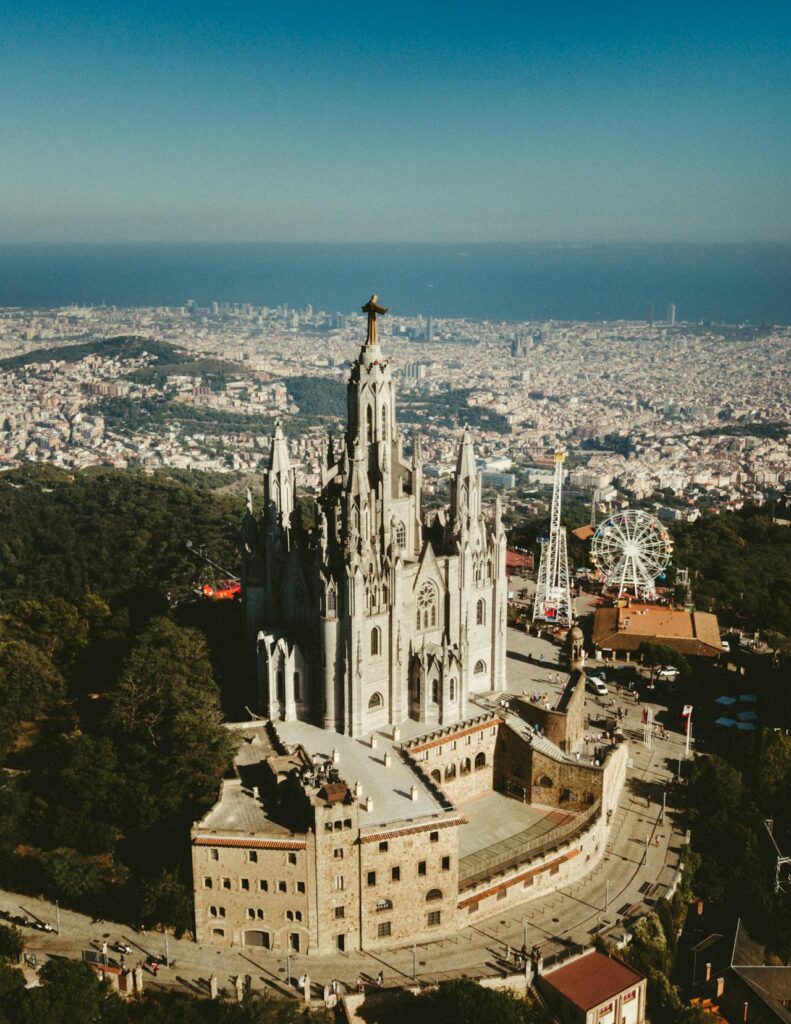

Days 5-6: Provence
The six-hour high-speed train journey from Barcelona into France and on to Avignon (book ahead for fares from around €50) whisks you to where the Palace of the Popes dominates the skyline.
The real Provence lies in the surrounding villages – honey-stone houses draped in wisteria, weekly markets where locals debate the ripeness of melons, and lavender fields stretching towards distant mountains. Rent a car to explore the Luberon villages of Bonnieux and Lacoste, offering postcard-perfect vistas and the authentic rhythm of Provençal life.
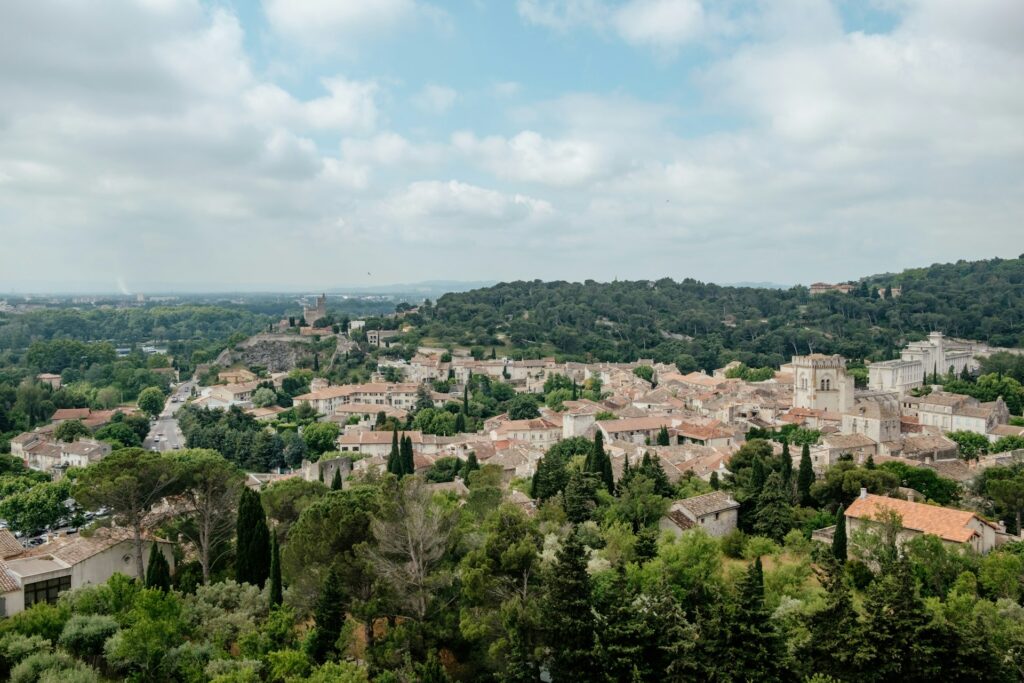
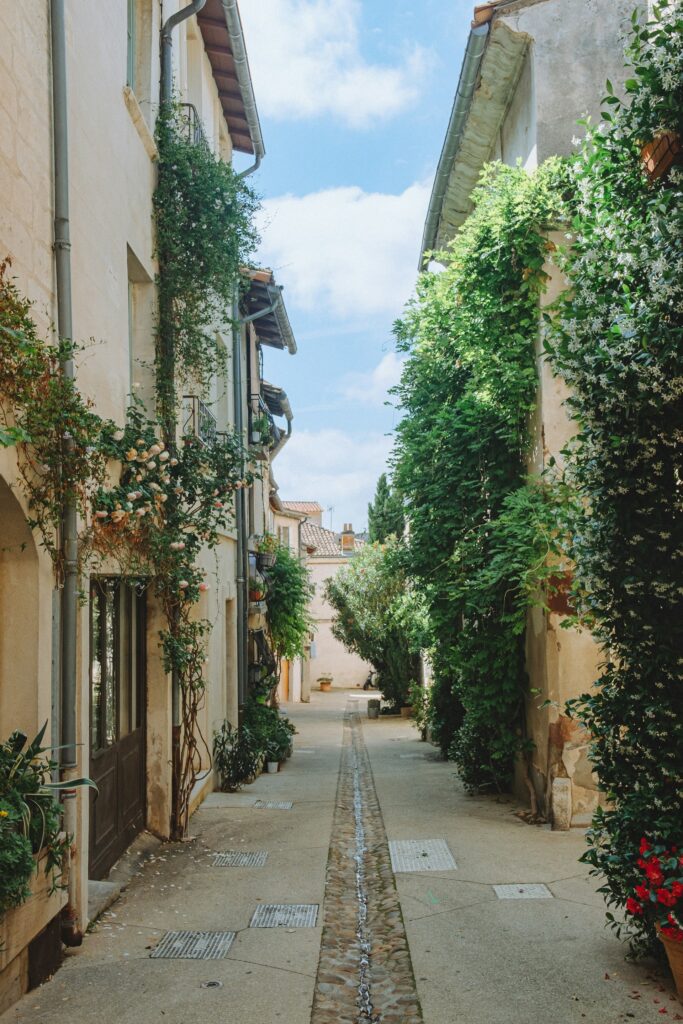
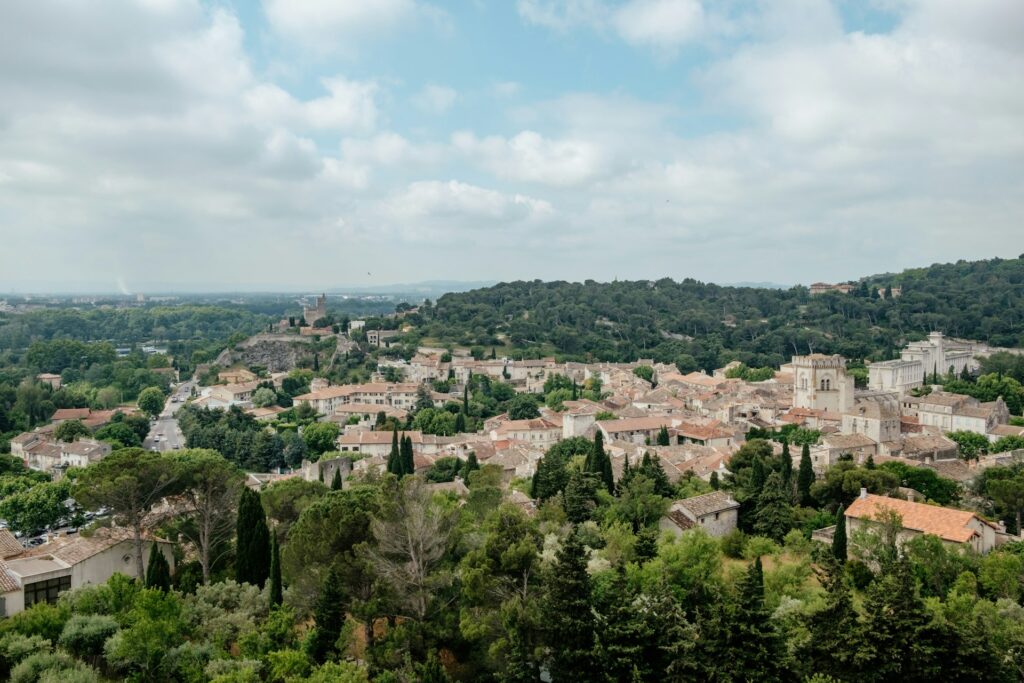
Day 7: Nice & Monaco
A three-hour train ride east brings you to the French Riviera. Nice’s Promenade des Anglais curves along the azure coast, while the Old Town’s ochre buildings glow in the southern sun. The Cours Saleya market (Tuesday-Sunday, 6am-1:30pm) bursts with flowers and Niçois specialities. Monaco is just a 20-minute train hop away – its fairytale principality perches above the sea, its famous casino and royal palace drawing visitors while locals shop at the Condamine market and enjoy aperitifs in hidden squares.
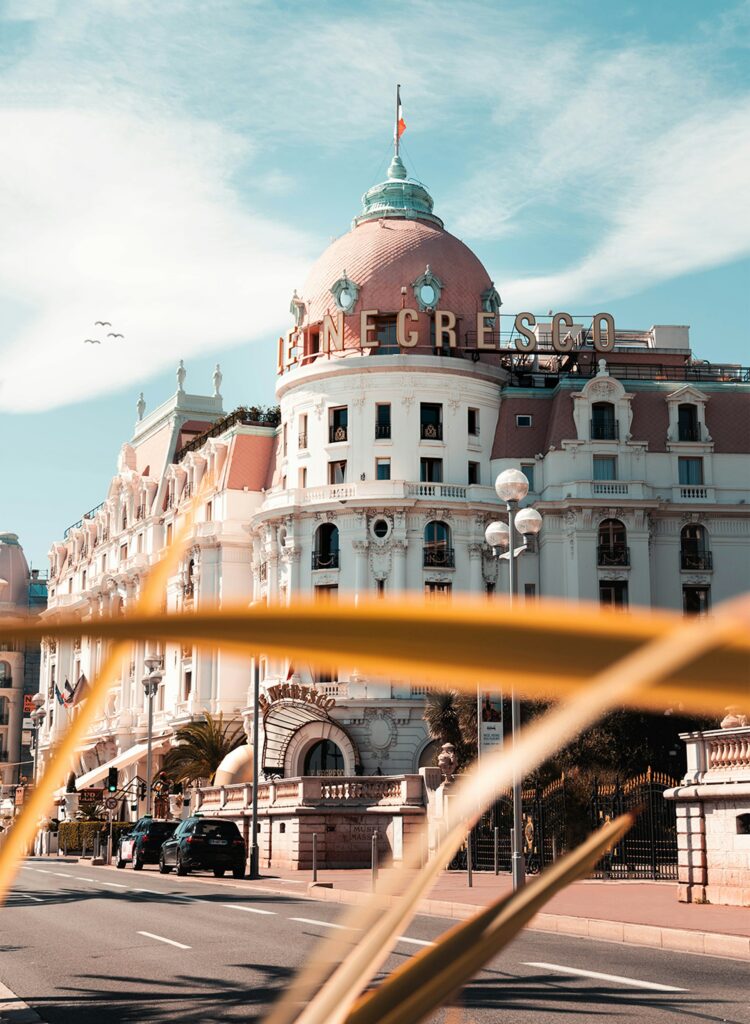
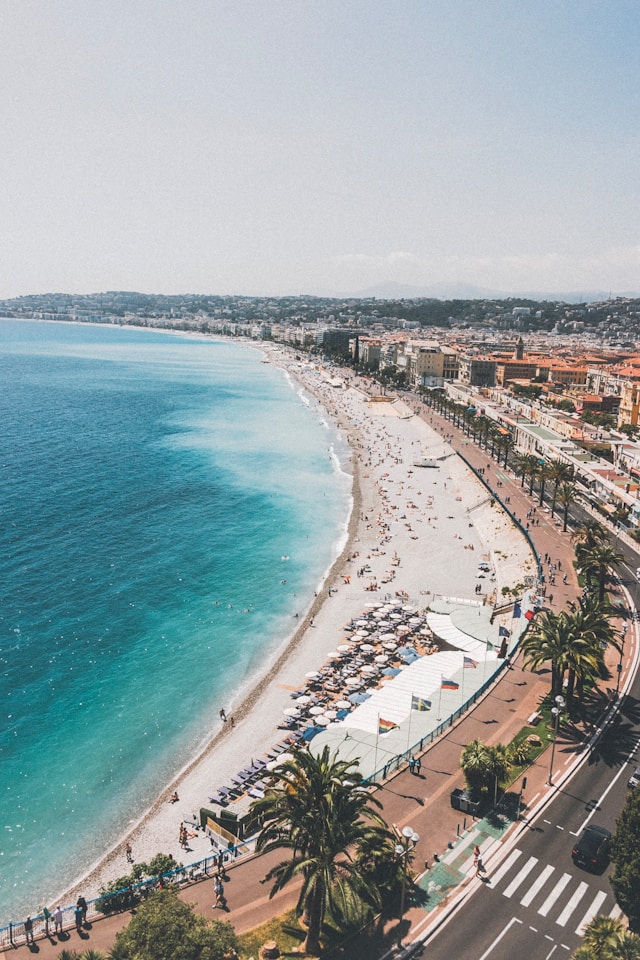
Between Rivers & Canals: Netherlands, Belgium & Luxembourg
Ideal for art and history buffs who enjoy efficient city-hopping…
Days 1-2: Amsterdam
Amsterdam’s canals reflect centuries of history in their calm waters. A 15-minute train from Schiphol Airport leads to the heart of the city. Beyond the bustling centre, the Jordaan district reveals a quieter side of Dutch life – secret courtyards hide behind wooden doors, while cafes serve apple pie to locals who’ve cycled in from nearby neighbourhoods. The city’s water taxi network (day passes from €15) offers a local’s perspective on the canals, far from the tourist boats.
Read: The best things to do in Amsterdam with the kids
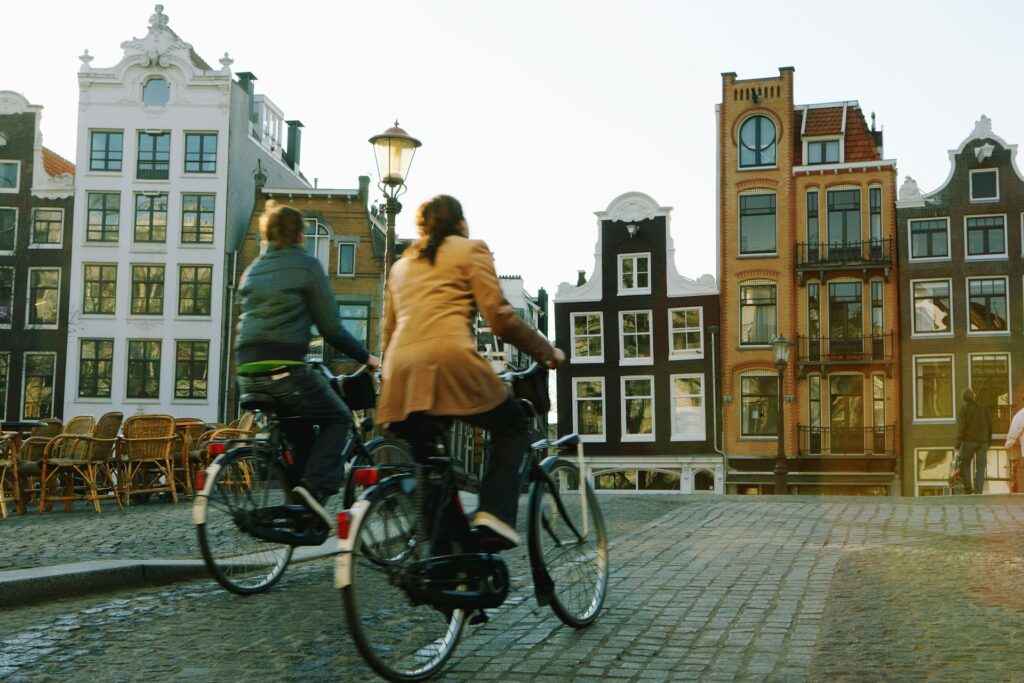
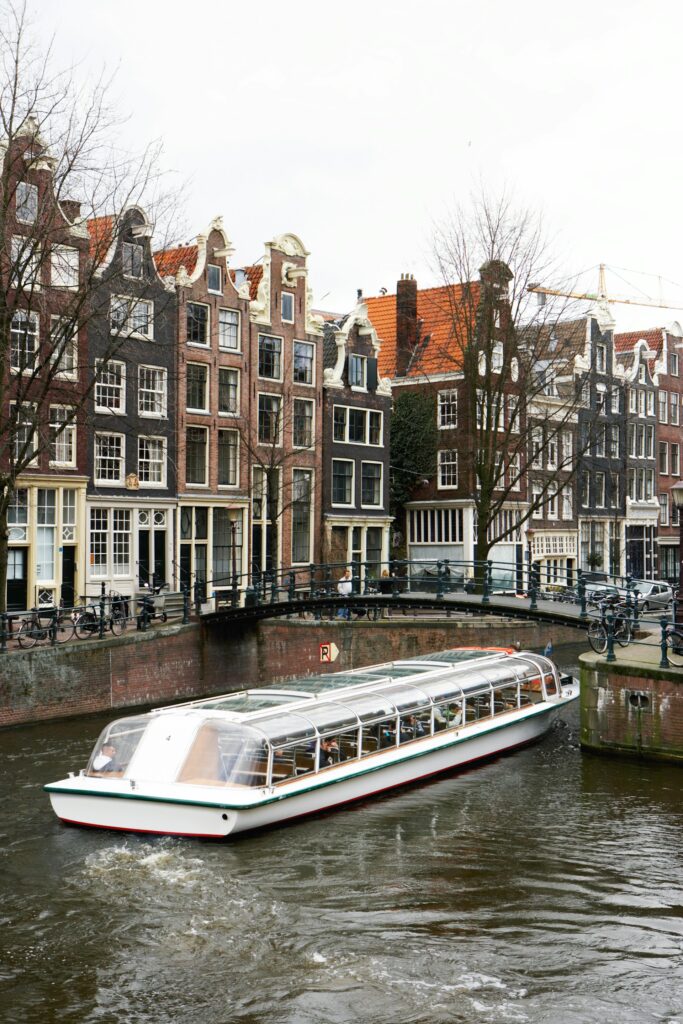
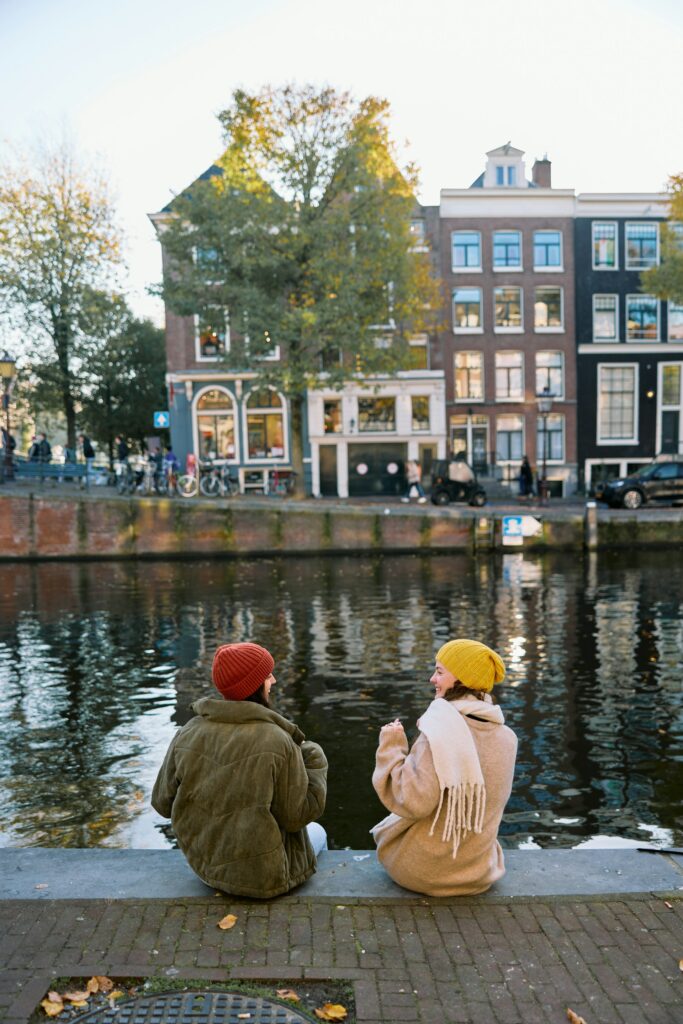
Days 3-4: Brussels & Bruges
A two-hour train journey brings you to Brussels, where the Grand Place dazzles with guildhalls, while in Saint-Gilles, Art Nouveau townhouses host modern art galleries. Comic book murals brighten unexpected corners. Bruges, just an hour away by train, transforms as day-trippers leave – twilight turns the medieval streets magical, canals reflect lamplight, and restaurants serve steaming pots of mussels to knowing visitors who’ve stayed for dinner.
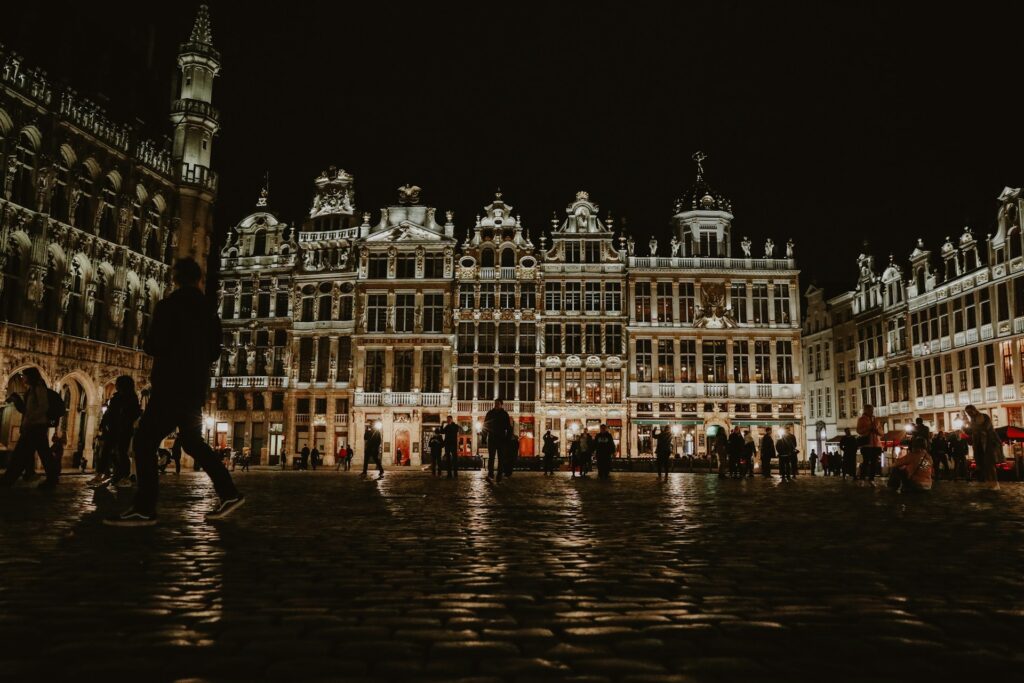
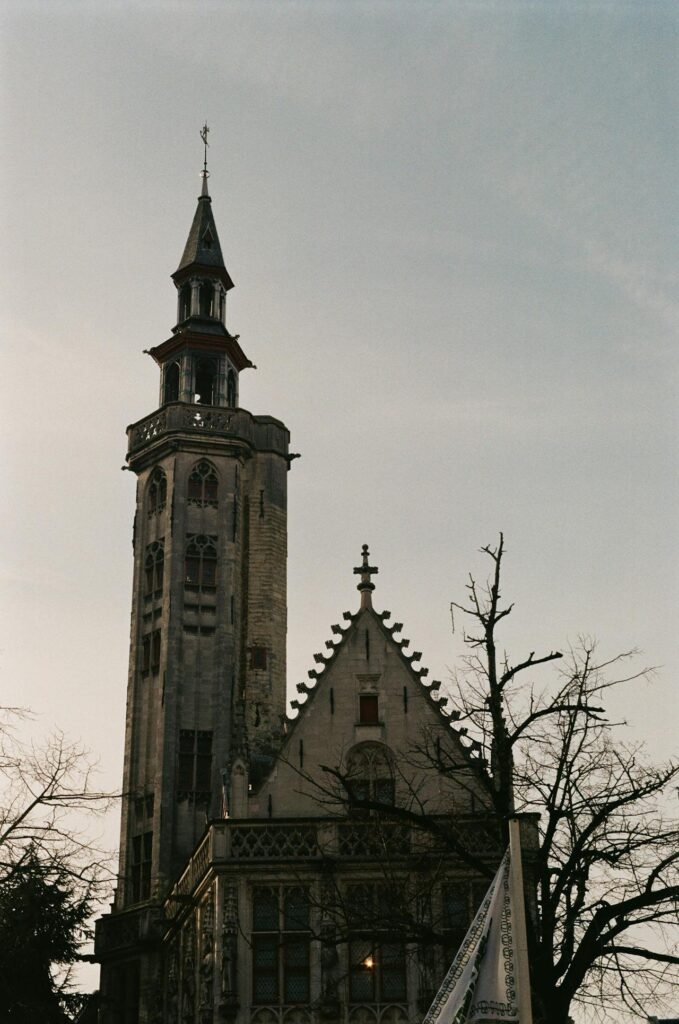
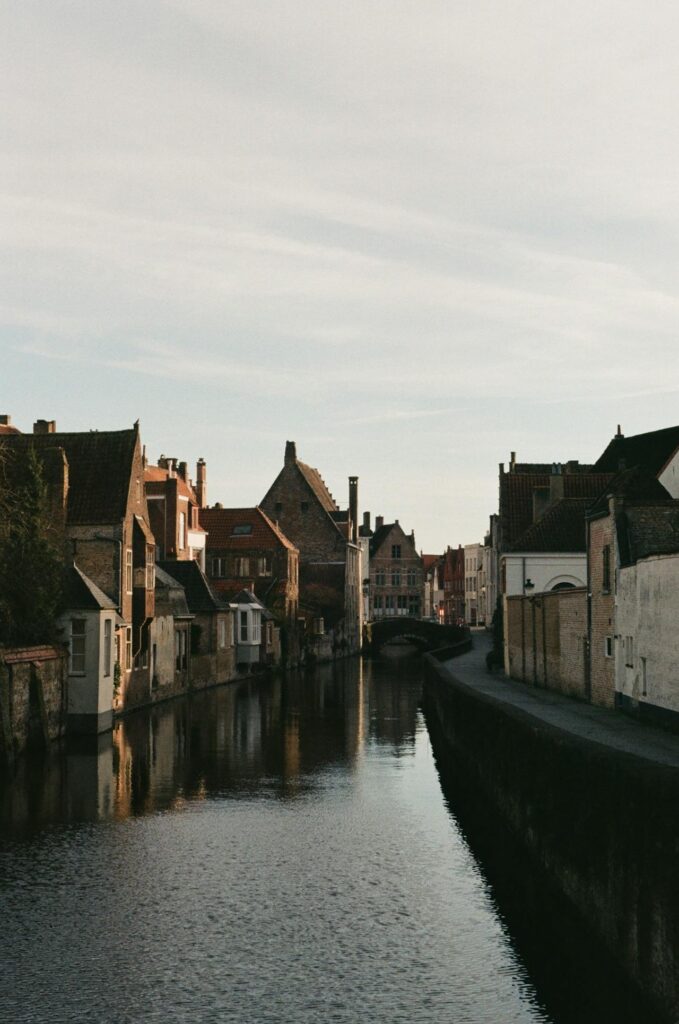
Days 5-7: Luxembourg
A three-hour train ride delivers you to Luxembourg City, where old quarters and fortifications perch dramatically above deep gorges. This tiny country packs in surprises – the Mullerthal region’s landscape of mysterious rock formations and dense forests (accessible by hourly buses) earns its nickname “Luxembourg’s Little Switzerland.” The capital’s mix of French sophistication and German efficiency creates a unique atmosphere, while the country’s complimentary public transport makes exploration effortless.
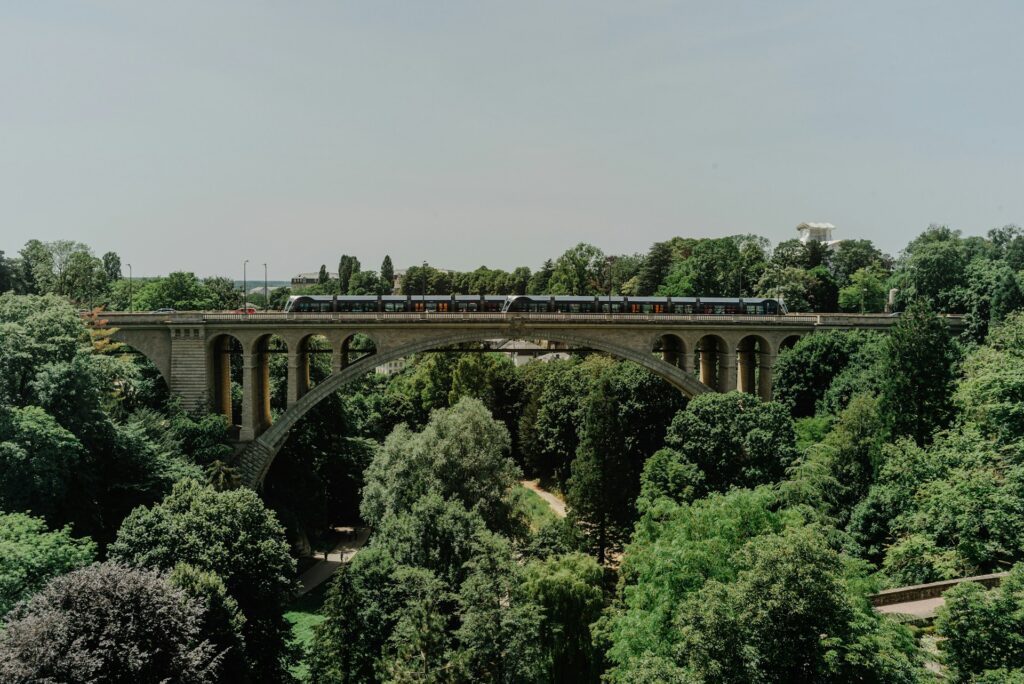
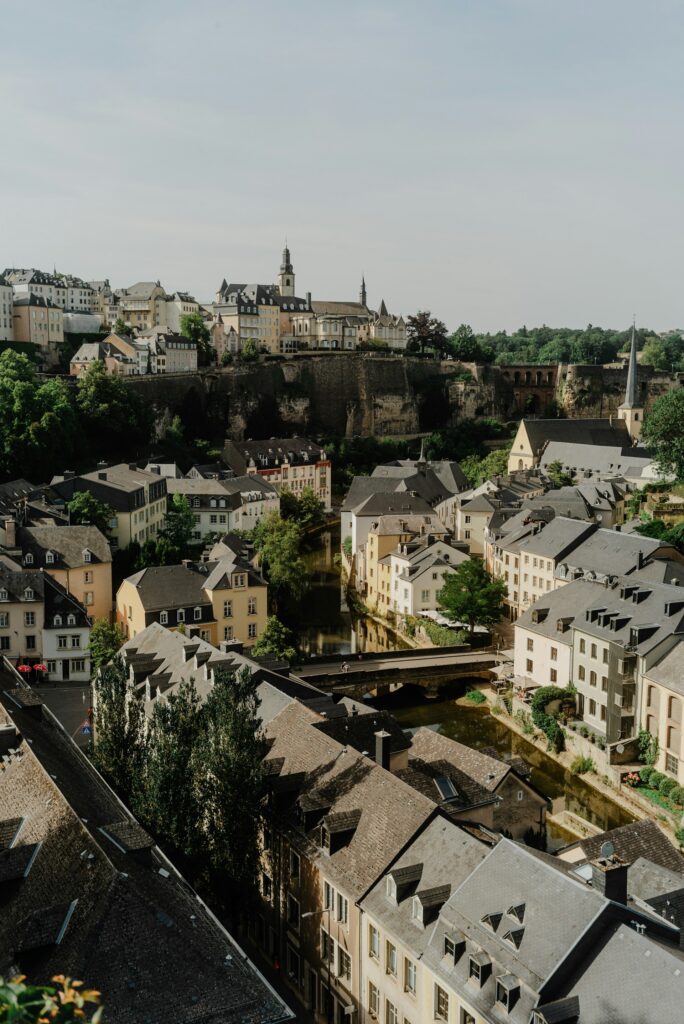
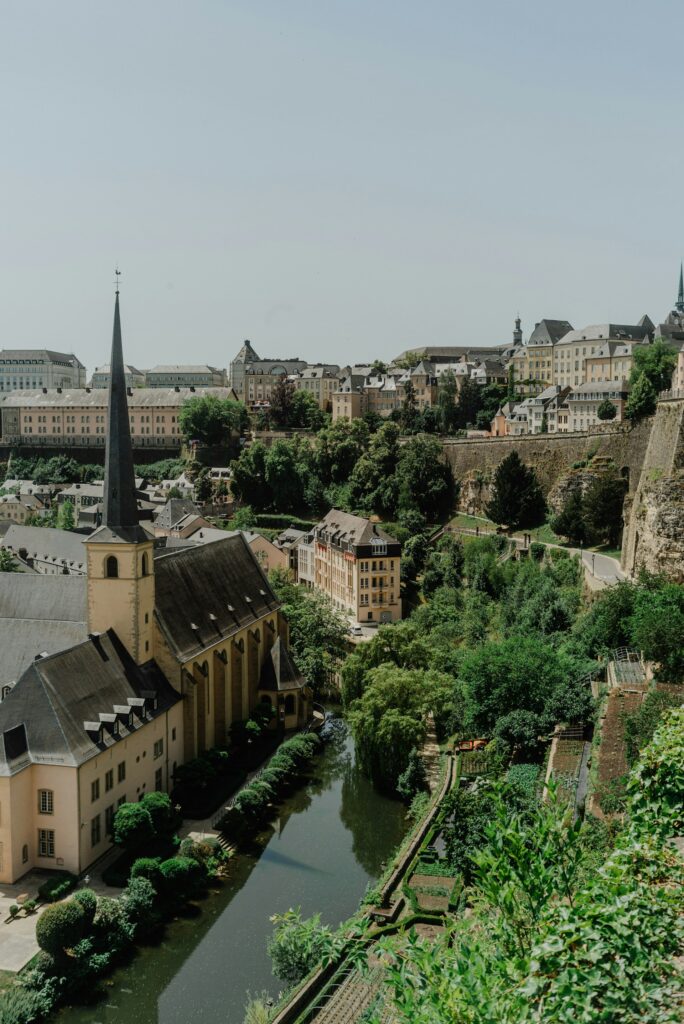
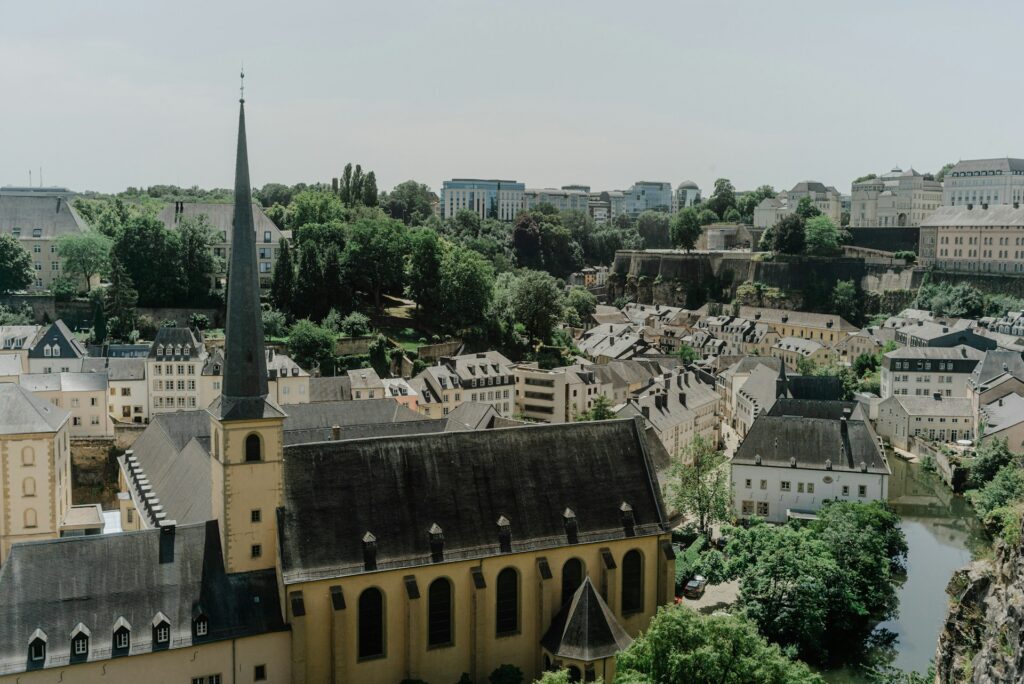
In The Habsburg Shadow: Austria, Slovakia & Hungary
Ideal for architecture lovers seeking Habsburg grandeur and thermal spa culture…
Days 1-2: Vienna
Vienna waltzes between imperial grandeur and modern creativity. The City Airport Train (15 or so minutes) delivers you to the heart of the former empire. The Belvedere’s gardens offer serenity and Klimt’s masterpieces, while historic coffee houses serve Melange and Sachertorte to a soundtrack of gentle conversation. At the State Opera, music soars to gilded ceilings, while in the MuseumsQuartier, students lounge on sculptural benches between world-class exhibitions.

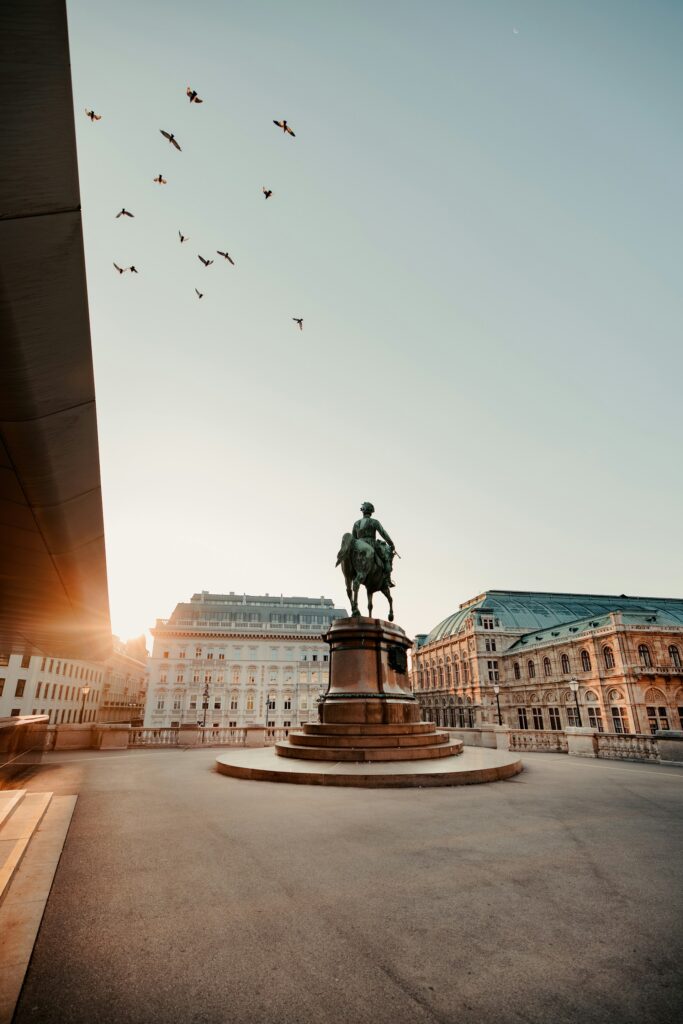
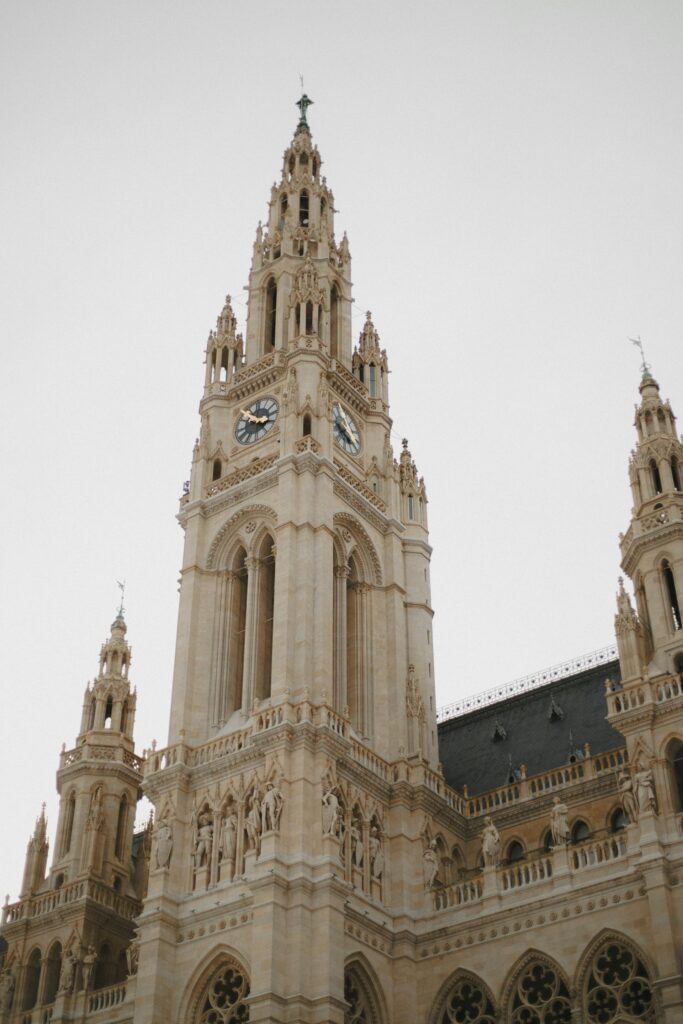

Days 3-4: Bratislava
Just an hour from Vienna by hourly train, Bratislava charms with a castle overlooking the Danube and a perfectly preserved Old Town. Beyond the main square, the Petržalka district’s communist-era apartments have been transformed by vibrant street art and community gardens. The UFO observation deck crowns the SNP Bridge, offering sunset views over three countries.
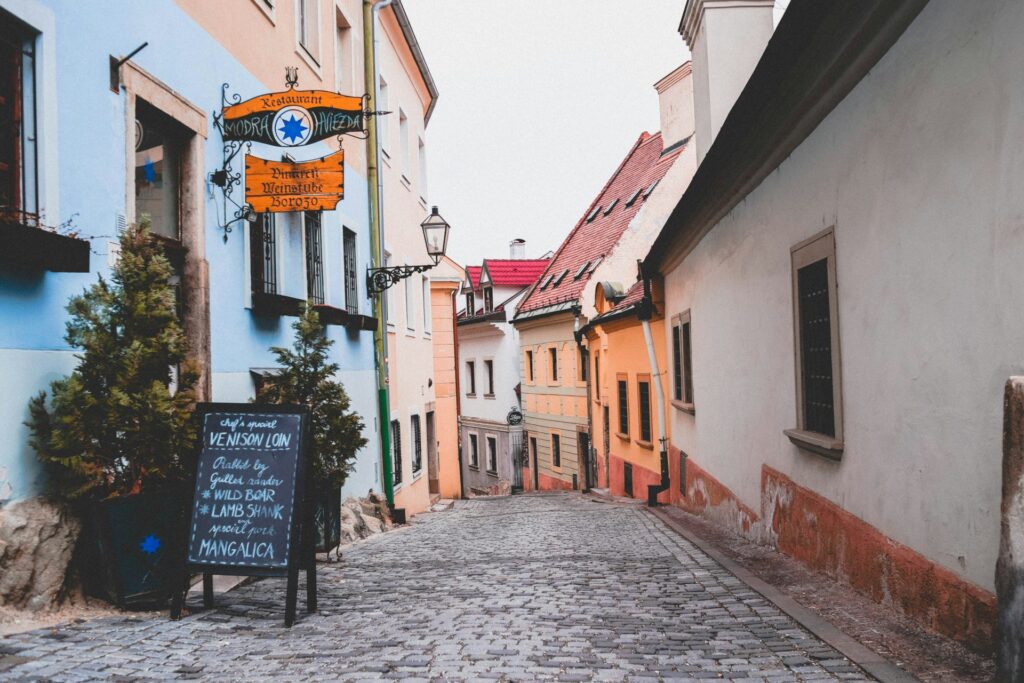
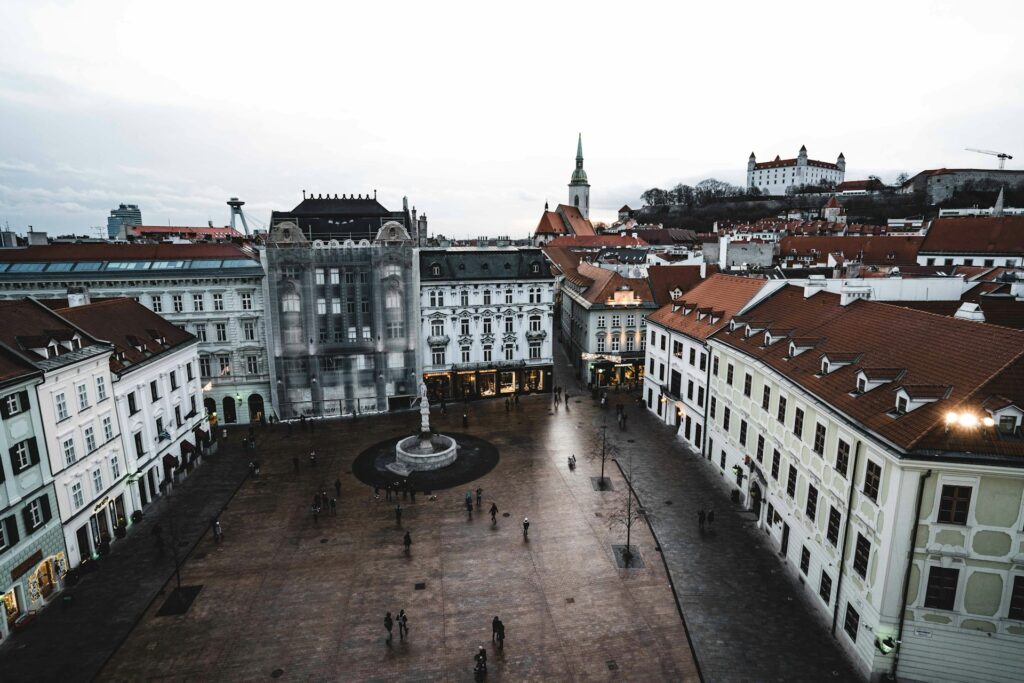
Days 5-7: Budapest
A two-and-a-half-hour train ride brings you to Budapest, which reveals itself in layers – grand boulevards, hidden courtyards, and thermal baths that have bubbled for centuries. The Rudas Bath offers night bathing under a 16th-century Ottoman dome, while ruin bars in the Jewish Quarter combine Hungarian wine with creative spirit. At dawn, vendors at the Lehel Market arrange paprika and kolbász sausages while traders swap stories over strong coffee.
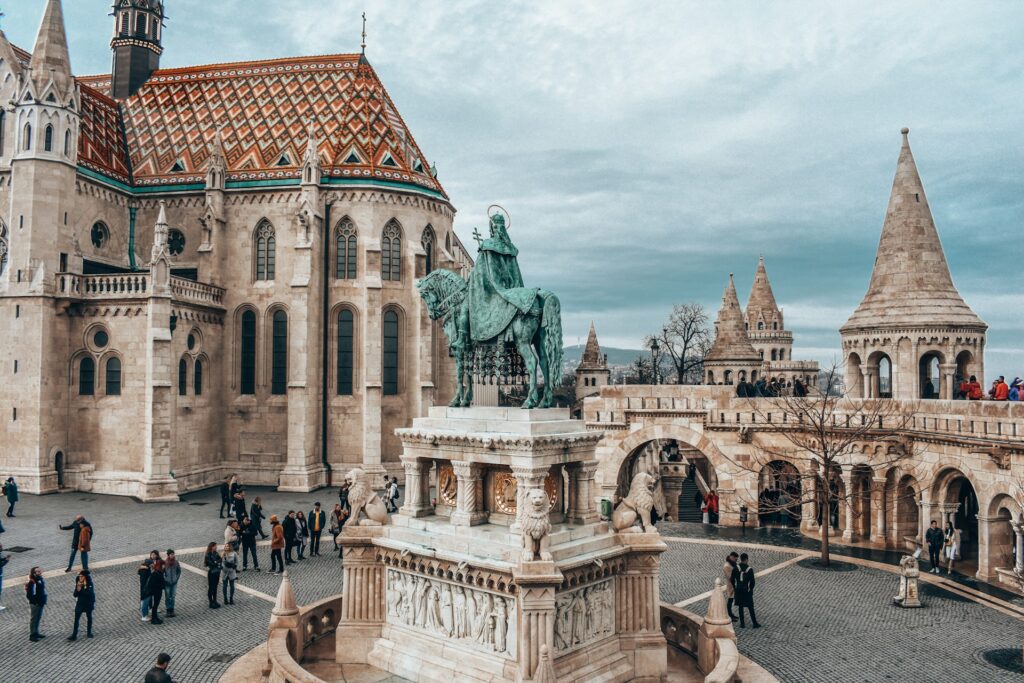
The Bottom Line
A week-long European adventure requires a delicate balance of planning and spontaneity. Book your major train journeys months ahead and pack with the efficiency of a seasoned traveler, but leave room in your schedule for serendipity. Learn to say “thank you” in five languages, carry a mix of payment methods, and remember that the best travel stories often begin with missed connections or wrong turns.
While Europe’s railways stitch the continent together with impressive precision, it’s often the unplanned detours – a chance conversation in a Ljubljana café, an impromptu wine tasting in a Tuscan village, or a stumbled-upon festival in a Brussels square – that transform a good journey into an unforgettable one.

